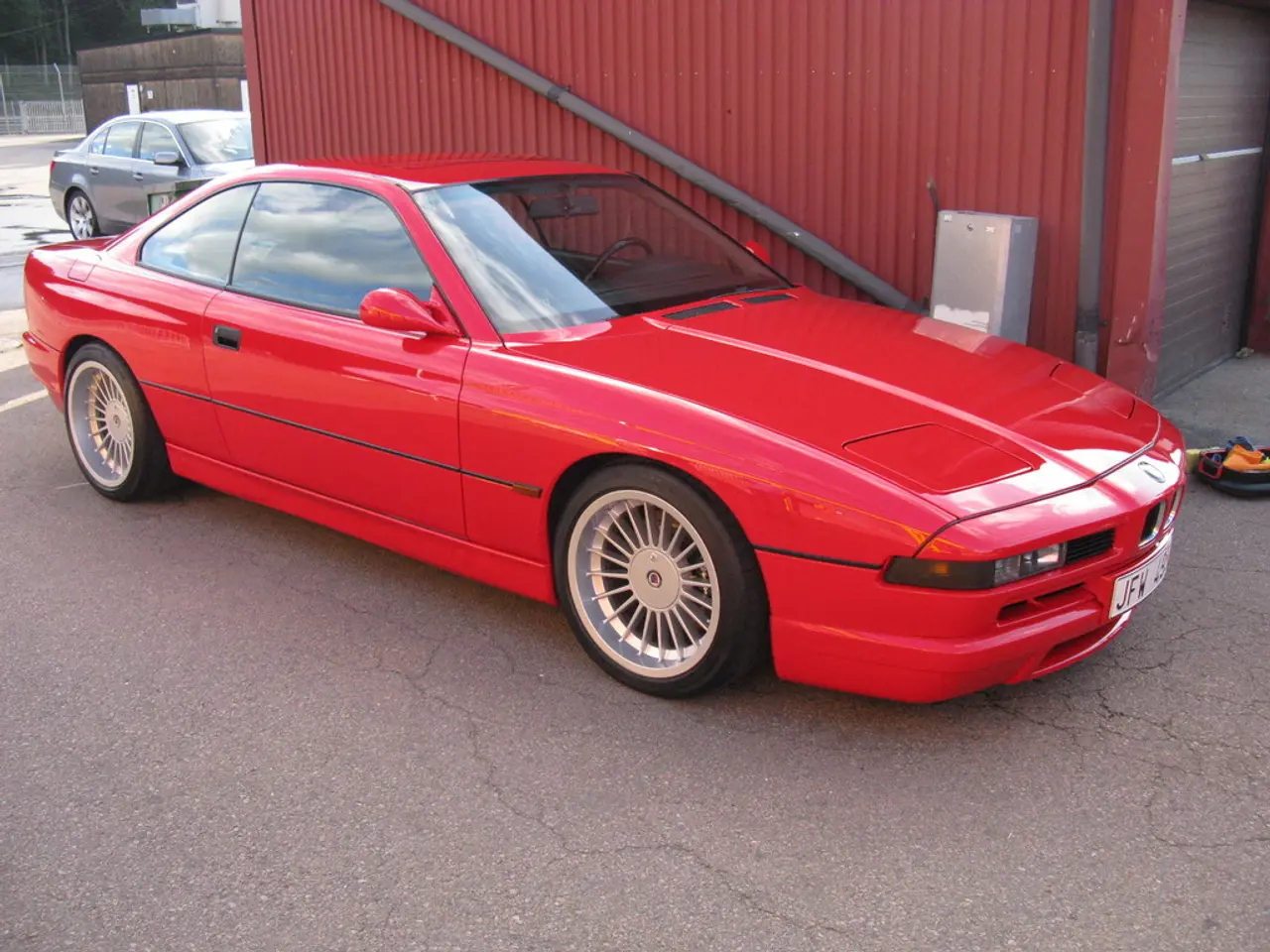Auto Parts Retailer AutoZone Faces Challenges as Economic Pressure Slows Sales and Soaring Valuations Pose Concerns
**AutoZone's Growth Strategy and Financial Performance**
AutoZone Inc., a prominent player in the automotive after-market industry, has been consistently boosting its long-term earnings per share (EPS) growth by nearly buying back 90% of all shares outstanding since 1998. This strategic move has propelled the company's growth and set the stage for its future plans.
The retailer reported impressive Q3 FY2025 earnings on May 27, with net sales climbing 5.4% to $4.46 billion. This growth is underpinned by exceptional sales in new stores on a comparable basis, signalling a strong domestic and international expansion.
AutoZone's future growth plans focus on expanding its store footprint, enhancing distribution capabilities, and investing in operational efficiency. The company is strategically expanding large distribution centers, known as megahubs, to drive growth in its "Do It For Me" (DIFM) segment, which serves professional repair shops and fleet operators.
The expansion of megahubs aims to increase inventory availability and speed up delivery times, enabling AutoZone to compete more effectively in the fragmented DIFM market and capture market share from smaller competitors. This is expected to re-accelerate DIFM comparable store sales and boost overall revenue growth.
The company continues to open a significant number of new stores, having opened 163 net new stores in the recent 36-week period compared to 96 in the prior year period. These new stores aim to increase market penetration and sales volume.
AutoZone is also investing in distribution center startup costs, which currently impact gross margin but are essential for expanding capacity and improving logistical efficiency. Improved inventory management has been a focus, with reductions in net inventory per store demonstrating better inventory efficiency.
The retailer is also focusing on international markets such as Mexico and Brazil, where sales surged significantly. This international growth is a critical part of the company’s long-term strategy to diversify revenue and capture growth outside the domestic U.S. market.
Despite margin pressures from currency headwinds and cost inflation, AutoZone’s gross margin improved to 53% due to better merchandise management and inventory efficiency. The company manages margins through disciplined execution and inventory control, aiming to offset rising costs even amid a challenging macroeconomic environment.
Analysts forecast AutoZone’s revenue to grow at about 5.8% annually over the next three years, outpacing the specialty retail industry's 5.0% growth forecast. This reflects confidence in their strategic initiatives and expansion plans.
Earnings estimates for FY2025 have been revised upward, indicating market optimism about the company’s financial prospects fueled by expansion and operational improvements. If AutoZone manages to grow EPS at 12%, the Q1 2035 share price would be $9,196. If the growth rate increases to 15%, the share price could reach $11,979, while maintaining a growth rate of 8% could result in a share price of $6,393.
However, it's important to note that AutoZone has missed analyst's EPS expectations for four consecutive quarters, starting in Q3 FY2024. All profitability indicators are down, leading to net income shrinking by 6.6%. The stock is only down approximately 4% from its all-time high, but trades at an elevated valuation not representative of recent performance.
AutoZone trades at a P/E ratio of 25X and a P/FCF ratio of 32X, which might be considered high compared to its historical performance. However, the stock is still in the middle range of its peer group. The company also has a negative net cash position, which can still be covered by using a few years of free cash flow.
In conclusion, AutoZone's growth strategy centers on expanding its physical footprint with new stores and megahubs to better serve commercial customers, investing in operational scalability and inventory efficiency to improve margins, and growing its international presence in promising markets. These combined efforts aim to drive sustained revenue growth, margin resilience, and broader geographic diversification.
Investing in the expansion of megahubs and new stores will help AutoZone increase inventory availability and sales volume, aiming to boost revenue growth and re-accelerate comparable store sales in the "Do It For Me" segment. AutoZone is also investing in distribution center startup costs, which will improve logistical efficiency and capacity, with better inventory management as a key focus.




